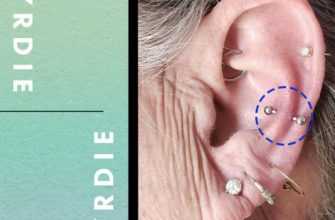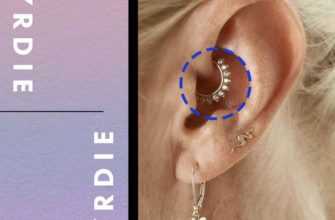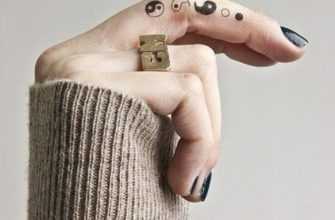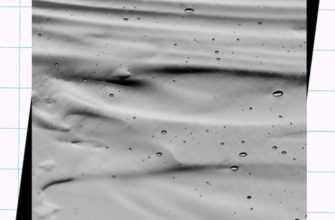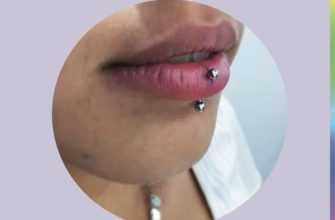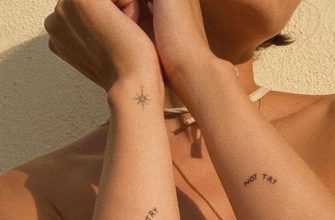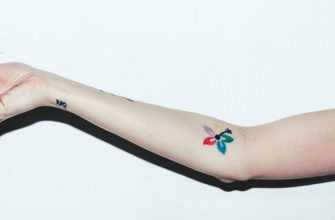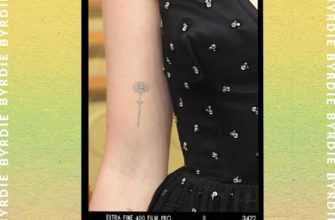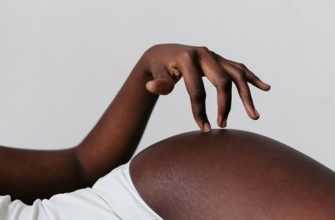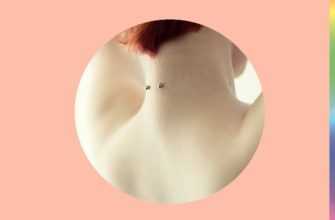What Is a Dimple Piercing? Preparing for a Dimple Piercing Pain and Healing Time Cost Side Effects The Best Jewelry for a Dimple Piercing. Dimple piercings have surged in popularity over the last decade or so, however it isn’t a piercing choice to take lightly. It comes with a protracted and involved aftercare process, as well as possible complications. Scarring will likely occur; for some, this is the purpose of the piercing, as the indentation in the cheek from this piercing gives the illusion of dimples or will add more definition to existing ones.
Ahead, board-certified cosmetic dermatologist and celeb favorite dermatologic surgeon, Dendy Engelman MD, certified piercer, Janeese Brooks, and marketing manager of the internationally acclaimed, online jewelry retailer, jewellerybox, Daena Borrowman offer everything you need to know before getting a dimple piercing.
Dimple Piercing
PLACEMENT: On the cheek, where dimples typically sit.
PRICING: Starts at $60, though the jewelry is a separate cost.
PAIN LEVEL: 4/10
HEALING TIME: Complete healing time for a dimple piercing typically takes at least 12 months, according to Engelman.
AFTERCARE: To prevent infection, Engelman says it’s vital to clean inside and outside the cheek two to three times per day for eight weeks after your piercing.
What Is a Dimple Piercing?
Simply put, a dimple piercing is performed in the cheek area proximate to the parotid duct and gives “the illusion of dimples,” says Engelman. “I have also seen these piercings in the lower back at the indentations that are in the skin.” Borrowman notes that in many cultures, dimples are a sign of beauty. “This piercing allows you to uniquely emulate the look of dimples,” she says, “and add an extra sparkle.”
Brooks says that over time, the piercings actually create skin divots, “once the piercing has healed and the jewel is removed.”
Borrowman adds, “Some people get the piercing because they want the scar.” You can also choose to keep the jewelry in place. If you ever decide to remove the piercing, the scar will most likely remain, even if you’ve only had jewelry in a couple months.
What makes the dimple piercing risky is its location. Not only can it make for a difficult healing time, but its proximity to the parotid duct can make it “super difficult to pierce,” explains Borrowman. The parotid duct is responsible for draining saliva in the mouth, and, if damaged, can lead to dehydration, difficulty chewing and swallowing, and an increased risk of cavities, as well as possible infection.
Preparing for a Dimple Piercing
To avoid rupturing the parotid duct, your piercer will examine your mouth prior to the procedure and mark the duct as well as the spot where you will be pierced. A note about symmetry: your piercer should attempt symmetry by using rulers and a level to gauge, however, perfect symmetry is most likely out of the question. This should definitely be discussed as your piercer marks your face before getting started.
Piercings are typically done with a needle. Expect to taste blood, as the piercing is being done on the flesh of your cheek.
In preparing for your dimple piercing, “avoid blood thinners for two weeks prior to the procedure,” advises Engelman. She also says to make sure the skin is extremely clean, without a trace of makeup or skincare product during the procedure itself.
Brooks adds that right before the procedure, give your mouth a “good tooth brushing and rinse with mouthwash.” She also suggests to eat something beforehand, as the swelling post-procedure will make chewing uncomfortable for several hours.
Pain and Healing Time
The pain level of the piercing procedure itself is quite tolerable, as Brooks rates it between a four and six on a scale of one to 10. Borrowman says, “Many report it hurts much less than getting [a] cartilage pierced, and the only pain is simply associated with undergoing two piercings in one sitting.”
Our experts agree that many people experience discomfort after the piercing. “The pain for these piercings mostly occurs in the healing process where it is difficult to eat, chew, and talk,” explains Brooks. She also says some swelling will probably occur, and it can be uncomfortable, though not painful.
The healing process is extensive, as Engelman explains “it can take months to over a year to heal and often leaves a scar.” This timeline varies from person to person, though it should be noted that the first 12 weeks post-procedure require fastidious aftercare.
Gargle with a DIY saline solution made from 1/2 teaspoon non-iodized sea salt and 8 oz of distilled water.
Engelman adds that infection and scarring are common. To minimize potential infection, she advises you “keep clean inside and outside of the mouth two to three times per day, don’t play with the jewelry, and avoid chemicals near the piercing.”
Some other helpful precautions include cleaning the outside of the piercing with antibacterial soap. When you’re done cleaning the area, pat it dry with a clean towel and try your best to keep the area cool and arid. Also, avoid turning the jewelry—this is an antiquated tip that doesn’t often serve the piercing site well and could instead cause irritation.
According to the Association of Professional Piercers (APP), you should always wash your hands thoroughly before touching any piercing.
Swelling can be alleviated with an ice pack and should subside within a week. If you notice any blood, pus, yellow discharge, or an increase in swelling after a few days, this might signal an infection and you should consult your doctor. If you suspect any damage has been done to your parotid duct, seek immediate medical care.
Cost of a Dimple Piercing
The cost of these piercings varies by studio, typically starting at $60. “Most places do not perform these piercings regularly as anatomy is not well suited for them and the healing process is extensive,” says Brooks, referencing the fact that the piercer must be knowledgable about the exact anatomy of the cheek in order to avoid the parotid ducts. Be sure your piercer has a specialty piercing license and ask to see a portfolio of past healed piercings. Each state has protocol to follow when it comes to body modification procedures, which can be found on their Department of Health website.
Side Effects
As aforementioned, parotid gland or duct damage may occur. Signs of damage include dry mouth, pus, and foul taste in the mouth, face pain, and fever. Swelling around the jaw or neck might also be a symptom of damage, and you should seek the care of your doctor.
You also want to minimize the potential of less severe infections due to your new piercing. “Make sure not to tongue at your piercings,” advises Brooks. “This is important and difficult not to do. Also be careful not to bite down on the initial length.”
The Best Jewelry for a Dimple Piercing
When it comes to choosing jewelry for your dimple piercing, implant-grade stainless steel or titanium is Engelman’s choice.
Borrowman recommends you start out with jewelry that will accommodate the swelling process. “The initial piercing will either be a straight barbell, (approximately 1-inch) or stud,” she says. “However, once healed, the jewelry shopping can begin. One of the greatest things about cheek piercings is the fun you can have with style choice. You can keep it simple with a bead or ball stud or go more extravagant with a sparkling gemstone or even a charm.” Bear in mind, Brooks advises, that a ring is never suitable for this type of piercing.
Start out with a longer bar that won’t get trapped when the cheek swells post-procedure, which makes it more difficult to clean. Piercers will most likely always be responsible for changing out dimple piercing jewelry, at the very least, for the first year.
Ask your piercer about the different kinds of backings to put on the inside of your cheeks. Depending on the inside of your mouth and placement of your teeth, you might end up getting a different backing for each side of your mouth. Flat discs are the most common backings. Be sure to consult with your dentist to make sure your new jewelry isn’t causing damage to your teeth.


